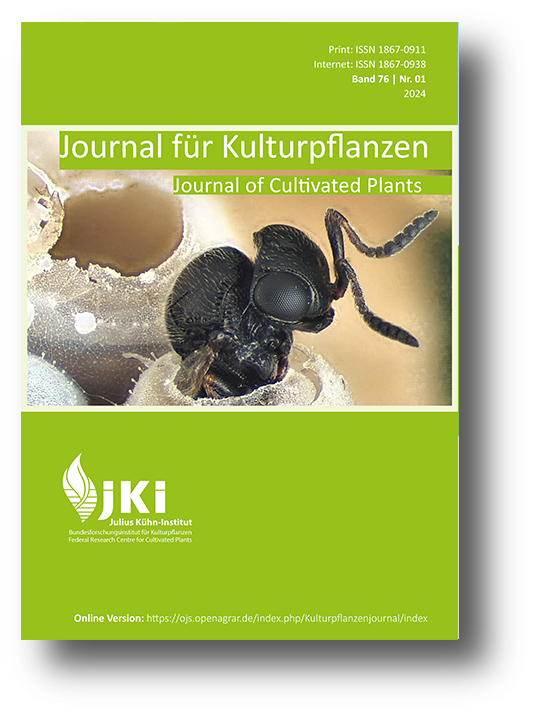Unsealing, revitalizing and networking for more urban green – Report of the 13th Symposium Urban Green, Berlin, 7th and 8th November 2023
DOI:
https://doi.org/10.5073/JfK.2024.01.05Keywords:
Urban Nature, Unsealing, Revitalization, Green-Blue Urban InfrastructureAbstract
Urban Green assumes diverse functions in the urban landscape through its ecosystem services. The entirety of urban greenery, regardless of the type of vegetation- and water-dominated area, forms an urban green infrastructure that integrates into a more or less connected network of natural and designed spaces. Multifunctionality, usability, biological diversity, and aesthetics are goals of planning and design.
The unsealing of areas in the gray infrastructure, their revitalization, and appropriate greening, whether it be tree planting, the cultivation of perennials, or the promotion of spontaneous vegetation, are crucial measures for the deliberate connection of green spaces and their qualification for the green infrastructure. This often allows for the expansion, improvement, and enhancement of the existing network.
Against this background, the 13th Urban Greenery Symposium addressed the question of how to effectively unseal, revitalize, and connect areas to contribute to a functional urban greenery. The renaturation of gray infrastructure areas should become part of the "new transformation culture" in cities, where nature-based solutions and dealing with constantly changing natural elements, as well as considering water conditions, are decisive design factors. Examples were derived to illustrate how plant habitats can be restored, and the possibility of networking new urban biotopes was discussed. The significant involvement of public and private actors and their gardens was reflected upon.
The symposium was held in Berlin as an in-person event streamed online. The organizing entities, the Federal Ministry of Food and Agriculture, the Julius Kühn Institute, and the Federal Agency for Agriculture and Food, express their gratitude to the speakers and the over 300 participants for a very interesting and forward-looking conference.
Downloads
Published
Issue
Section
License
Copyright (c) 2024 Falko Feldmann, Mona Quambusch, Ute Vogler

This work is licensed under a Creative Commons Attribution 4.0 International License.
The content of the journal is licensed under the Creative Commons Attribution 4.0 License. Any user is free to share and adapt (remix, transform, build upon) the content as long as the original publication is attributed (authors, title, year, journal, issue, pages).
The copyright of the published work remains with the authors. The authors grant the Journal of Cultivated Plants, the Julius Kühn-Institut and the OpenAgrar repository the non-exclusive right to distribute and exploit the work.







